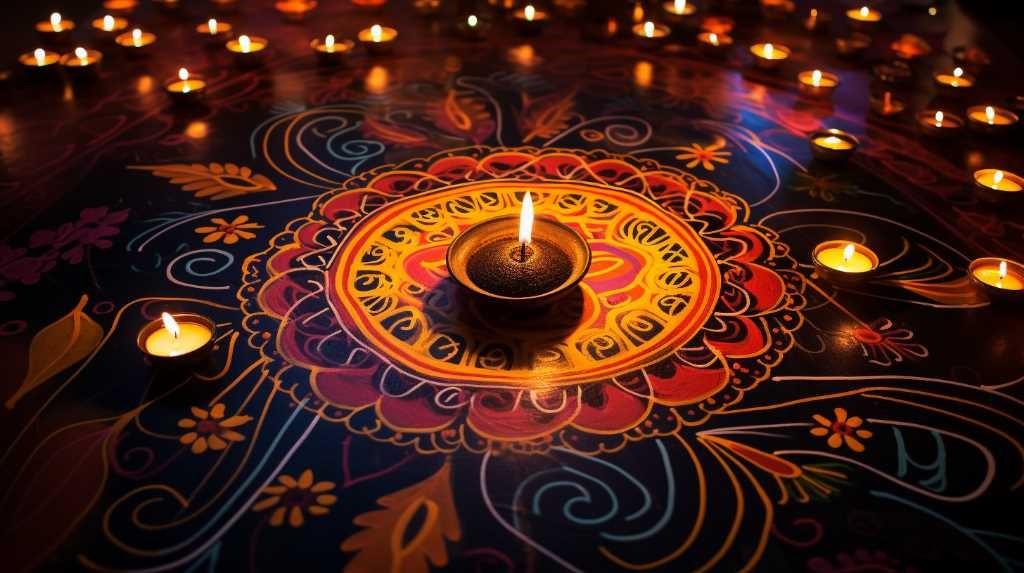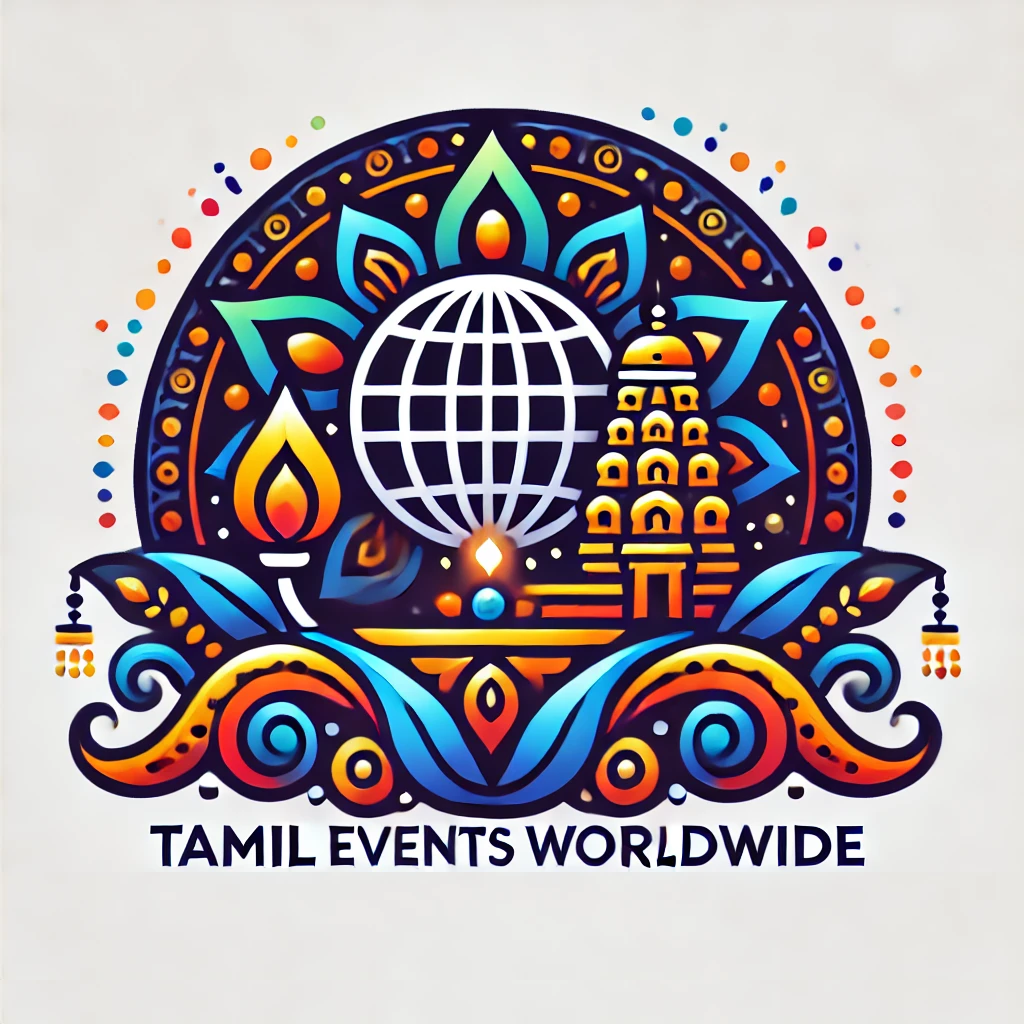Tamil Festivals: Celebrating Culture and Community

Festivals are a cornerstone of Tamil culture, each celebration marking significant historical, seasonal, or spiritual events that bring people together, strengthen community bonds, and celebrate the Tamil heritage. These festivals are more than just cultural occasions—they are expressions of gratitude, joy, and unity that honor traditions dating back thousands of years. This article takes an in-depth look at some of the most important Tamil festivals, their unique rituals, symbolism, and the ways they continue to unite Tamil communities around the world.
1. Pongal: The Harvest Festival
Pongal is the most prominent festival celebrated in Tamil Nadu and among Tamils worldwide. Known as the "festival of harvest," Pongal is dedicated to thanking the Sun God and Mother Nature for providing a bountiful crop. Celebrated over four days in mid-January, Pongal coincides with the end of the winter solstice and marks the beginning of the Tamil month Thai, symbolizing a new beginning.
Day 1: Bhogi Pongal
The first day, Bhogi Pongal, is a day of cleansing and renewal. Families clean their homes, discarding old and unwanted items in a symbolic act of removing negativity and making way for new things. In rural areas, people light bonfires to burn these items, which is seen as a form of purification and a way to start the year afresh.
Day 2: Thai Pongal
Thai Pongal, the second day, is the most significant day of the festival. On this day, families gather to cook the dish "Pongal," a sweet rice pudding made from freshly harvested rice, milk, jaggery, and ghee. This dish is prepared in a new clay pot, traditionally cooked outdoors, and is allowed to boil over—a sign of abundance. The family gathers around, chanting “Pongalo Pongal!” as an expression of gratitude for the year’s harvest. After offering the first portion to the Sun God, the Pongal is shared among family members and friends, symbolizing unity and sharing.
Day 3: Mattu Pongal
The third day, Mattu Pongal, is dedicated to honoring cattle, as they play an essential role in agriculture. Cows and bulls are adorned with colorful garlands, painted horns, and bells. Special pujas (prayers) are conducted to bless them, acknowledging their hard work and contribution to the farming community. In some areas, bull-taming contests, or Jallikattu, are held, celebrating the strength and valor of the community.
Day 4: Kaanum Pongal
The final day, Kaanum Pongal, is a day of socializing and relaxation. Families visit each other, exchange gifts, and enjoy traditional games and dance. It’s a day for communities to come together, and for friends and extended family to reconnect. Kaanum Pongal reflects the importance of social bonds and shared traditions, even as modern life introduces busy routines and far distances.
2. Deepavali: The Festival of Lights
Deepavali, known as Diwali in northern India, is one of the most widely celebrated Hindu festivals and is symbolic of the triumph of good over evil. In Tamil Nadu, Deepavali has unique rituals and is celebrated to commemorate the killing of the demon Narakasura by Lord Krishna, symbolizing the victory of light and righteousness over darkness and ignorance.
Traditional Rituals of Deepavali
On the morning of Deepavali, Tamils begin their day with an oil bath—a practice believed to purify the body and soul. People wear new clothes, symbolizing a fresh start, and perform prayers to their household deities. Homes are decorated with kolam (intricate rice flour designs on the floor) and lit with oil lamps, which are believed to ward off darkness and bring prosperity.
Fireworks and Sweets
The lighting of fireworks is an integral part of Deepavali. Families gather in the evening to burst crackers, symbolizing the joy and energy that comes with overcoming obstacles. Sweets and savory treats are prepared in abundance, including popular items like ladoos, murukku, and adhirasam, which are shared with neighbors, friends, and family members, fostering a spirit of community and goodwill.
3. Tamil New Year (Puthandu): Celebrating New Beginnings
Puthandu, or Tamil New Year, falls in mid-April, marking the beginning of the Tamil calendar year. This festival is a time for fresh starts, reflection, and planning for the year ahead. Puthandu signifies not only the start of a new year but also the importance of family and tradition.
Morning Rituals and the "Kanni"
On the morning of Puthandu, families decorate their homes with kolam patterns and hang mango leaves above their doorways as a sign of prosperity. The day typically begins by viewing the "Kanni," a beautiful arrangement of fruits, flowers, gold, silver, and mirrors set up the night before. Observing the Kanni is believed to bring good fortune for the year ahead.
Special Dishes and Celebrations
A special dish called "Mangai Pachadi" is prepared, which combines ingredients representing different flavors—sweet, sour, bitter, and spicy—symbolizing the varied experiences of life. Families gather to enjoy a feast, exchange gifts, and offer prayers for health and prosperity. Many Tamil temples hold grand celebrations, and people often visit temples to seek blessings for the coming year.
4. Thaipusam: A Festival of Devotion
Thaipusam is a festival dedicated to Lord Murugan, celebrated primarily by Tamils in Tamil Nadu, Sri Lanka, Malaysia, and Singapore. It is observed during the Tamil month of Thai (January-February) and is marked by intense acts of devotion and gratitude.
Kavadi Attam: The Dance of Sacrifice
Devotees undertake rigorous physical rituals known as "Kavadi Attam," or the dance of sacrifice, as an offering to Lord Murugan. Some carry a simple Kavadi—a wooden arch decorated with flowers—while others perform extreme acts of devotion, such as piercing their bodies with hooks and skewers. These acts are seen as ways of purifying the soul and demonstrating dedication.
Processions and Offerings
The festival often involves long processions, with devotees walking barefoot to Murugan temples. They carry offerings of milk, flowers, and fruits to the deity, expressing their devotion and seeking blessings. Thaipusam is celebrated with fervor in Murugan temples, including the famous Batu Caves in Malaysia, where thousands of devotees gather each year to participate in the ritualistic observances.
5. Karthigai Deepam: The Festival of Lights for Lord Murugan
Karthigai Deepam is another festival in honor of Lord Murugan, celebrated in the Tamil month of Karthigai (November-December). This festival is considered the "festival of lights" in Tamil Nadu and involves lighting oil lamps in homes and temples.
Lighting the Maha Deepam
The highlight of Karthigai Deepam is the lighting of the Maha Deepam (a large lamp) on top of the Arunachala Hill in Tiruvannamalai. Devotees from across Tamil Nadu gather to witness this grand spectacle, which signifies the presence of Lord Shiva and the divine light that guides humanity. In households, people light lamps to ward off evil and bring peace and happiness.
Family and Community Celebrations
In homes, families arrange small oil lamps in rows and decorate their doorsteps with kolam designs. Karthigai Deepam emphasizes family unity, as families gather to light lamps together, symbolizing the spread of joy and warmth within the community.
6. Aadi Perukku: The Festival of Prosperity
Aadi Perukku is a monsoon festival celebrated in the Tamil month of Aadi (July-August) along river banks and water bodies. It is a day dedicated to worshipping water and is a celebration of prosperity and fertility.
Rituals by the Water
Families gather along riverbanks, particularly near the Cauvery River, to perform rituals thanking nature for a bountiful monsoon. Women float clay lamps and offer flowers and food to the river, expressing gratitude and seeking blessings for good harvests and family prosperity.
Traditional Food and Offerings
During Aadi Perukku, a special spread of rice dishes like lemon rice, coconut rice, and tamarind rice is prepared. These dishes are offered to the river and later enjoyed by the family, reinforcing the significance of sharing and abundance in Tamil culture.
7. Navaratri and Saraswati Puja: Celebrating Knowledge and Art
Navaratri, a nine-night festival celebrating different forms of the Goddess, is especially important in Tamil households, with a focus on the goddess Saraswati, the deity of knowledge, music, and arts.
Golu: Display of Dolls
In Tamil Nadu, families set up Golu, a display of dolls on steps, showcasing various gods, goddesses, animals, and everyday life scenes. This display becomes a focal point of Navaratri celebrations, where families invite neighbors to view the Golu and exchange gifts, sweets, and blessings.
Saraswati Puja and Ayudha Puja
On the last three days, Saraswati Puja and Ayudha Puja are celebrated. Saraswati Puja is dedicated to the Goddess of learning, where children place their books in the puja area, seeking blessings for academic success. Ayudha Puja, observed the following day, is a celebration of tools and instruments, from agricultural tools to musical instruments, acknowledging their role in daily life and expressing gratitude for them.
8. Varalakshmi Vratham: The Festival of Wealth and Prosperity
Varalakshmi Vratham is a festival observed by married women who pray for the well-being of their families. Dedicated to Goddess Lakshmi, this festival is celebrated in August and symbolizes wealth, health, and prosperity.
Fasting and Special Prayers
Women observe a day of fasting and decorate their homes with mango leaves and fresh flowers. An image or idol of Goddess Lakshmi is adorned with a beautiful sari, jewelry, and flowers, and an elaborate puja is performed to invite prosperity into the home. Women prepare a variety of sweets and dishes as offerings, which are later shared with family and friends, strengthening communal ties.
Conclusion
Tamil festivals reflect the deep-rooted cultural values, community bonds, and spiritual beliefs of Tamil people. They are a celebration of life’s essential elements—nature, family, knowledge, health, and prosperity. For Tamils around the world, these festivals create a connection to their heritage, no matter where they reside. By celebrating these festivals, the Tamil community preserves its rich traditions, passing them down through generations and keeping the Tamil identity vibrant and alive. Whether it's the harvest season, the new year, or a day of devotion, each Tamil festival is a cherished reminder of the shared history, values, and hopes that unite Tamil people around the globe.






















